The best floodlight cameras
The best floodlight cameras offer security and automatic outdoor illumination in one unit

The Quick List ↩
1. Best overall
2. Best budget
3. Best battery-operated
4. Best for power options
5. Best for live backup
6. Best for HomeKit
7. Best spotlight
Are you looking for the best floodlight camera for your home or business? This guide will walk you through the top systems, discussing the key features. You might think it's just the power of the lights or the quality of the camera that matters, but there are other considerations, including AI.
The floodlight camera category has become a significant niche within the smart outdoor security camera market. Including illumination can be helpful when you or your guests need it, but also has the advantage of a deterrent effect – any unwanted visitors will certainly see the light. Traditional cameras often only use infra-red lights, which are invisible and result in black-and-white imagery, while a floodlight provides light to capture color video at any time of day.
A crucial factor is the ecosystem that surrounds your floodlight camera. To get the best out of most smart cameras some kind of subscription fee is required, especially to record clips when the camera is activated. We'll take a look at the differences as we go, but a key factor for some will be any devices they already have – sticking with one brand can make devices easier to operate (only one app is needed) and cheaper (subscription discount for multiple devices). Some facilities, like distinguishing from people and animals, might effectively be behind a 'paywall', and these can dramatically affect false positives – which cause stressful alerts.
Something to think about is how much light you're looking for. There is a good amount of choice and, in this list, we'll concentrate on the brighter ones. We have another list of the best outdoor security cameras with dimmer (or no) lights. Generally the term 'spotlight' is used where less powerful LEDs are used to provide enough light for color video, but not to 'flood' a space with light.
Another significant factor is power. Many smart cameras offer the convenience of battery power, making for simple installation. Brighter lights draw more power, so that isn't an option for all floodlights. On the other hand, run a power cable once and you'll never need to recharge and replace a battery!

Adam has been obsessed with looking at cameras and gadgets for his whole life, and has developed a deep knowledge of special-purpose cameras, including PTZ cameras, webcams and action cams. (He's also our drone expert, and has written several bestselling books including The Drone Pilot's Handbook).
The Quick List
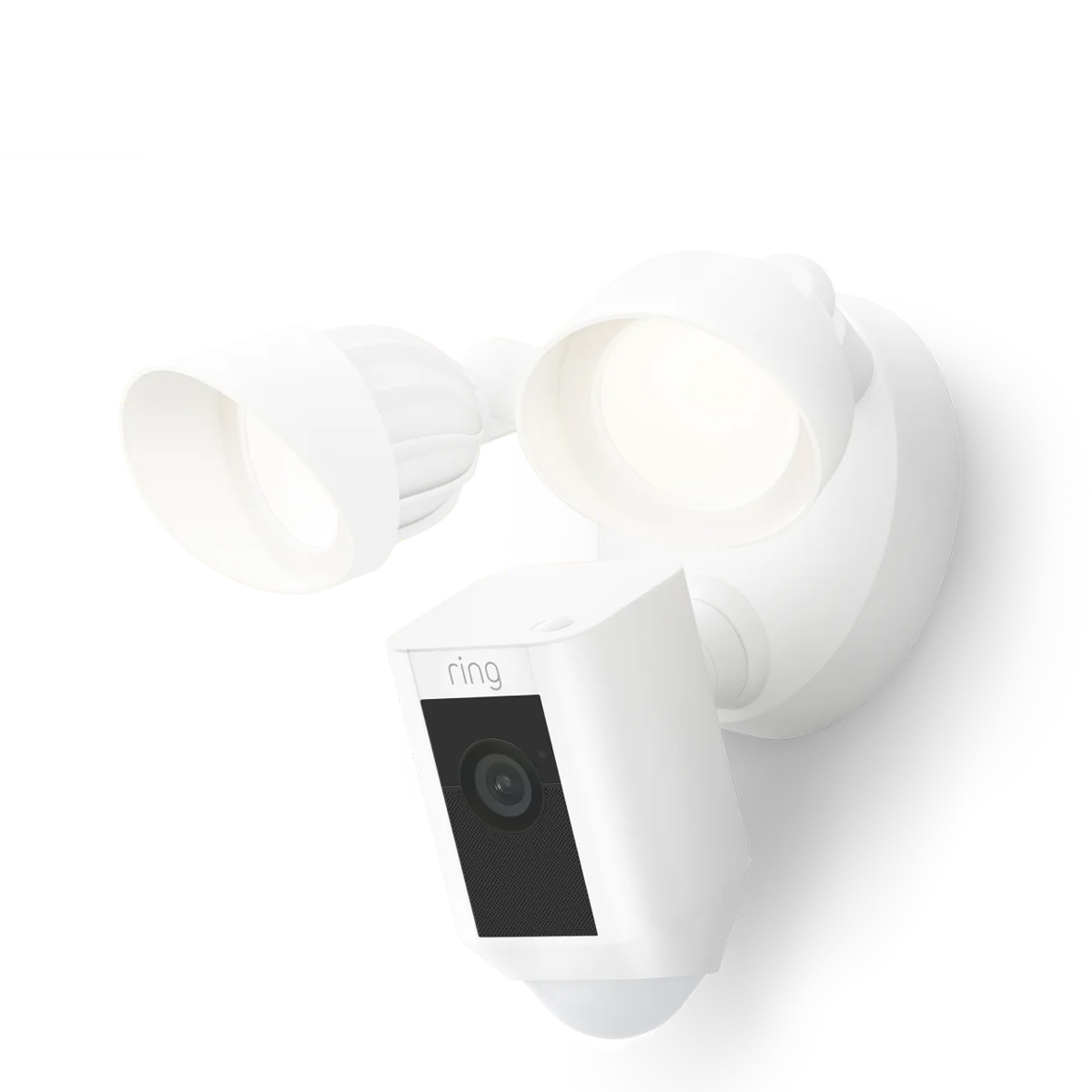
This option offers two strong floodlights, plus a wide-field motion sensor that links to an app on your smartphone. Read more below…
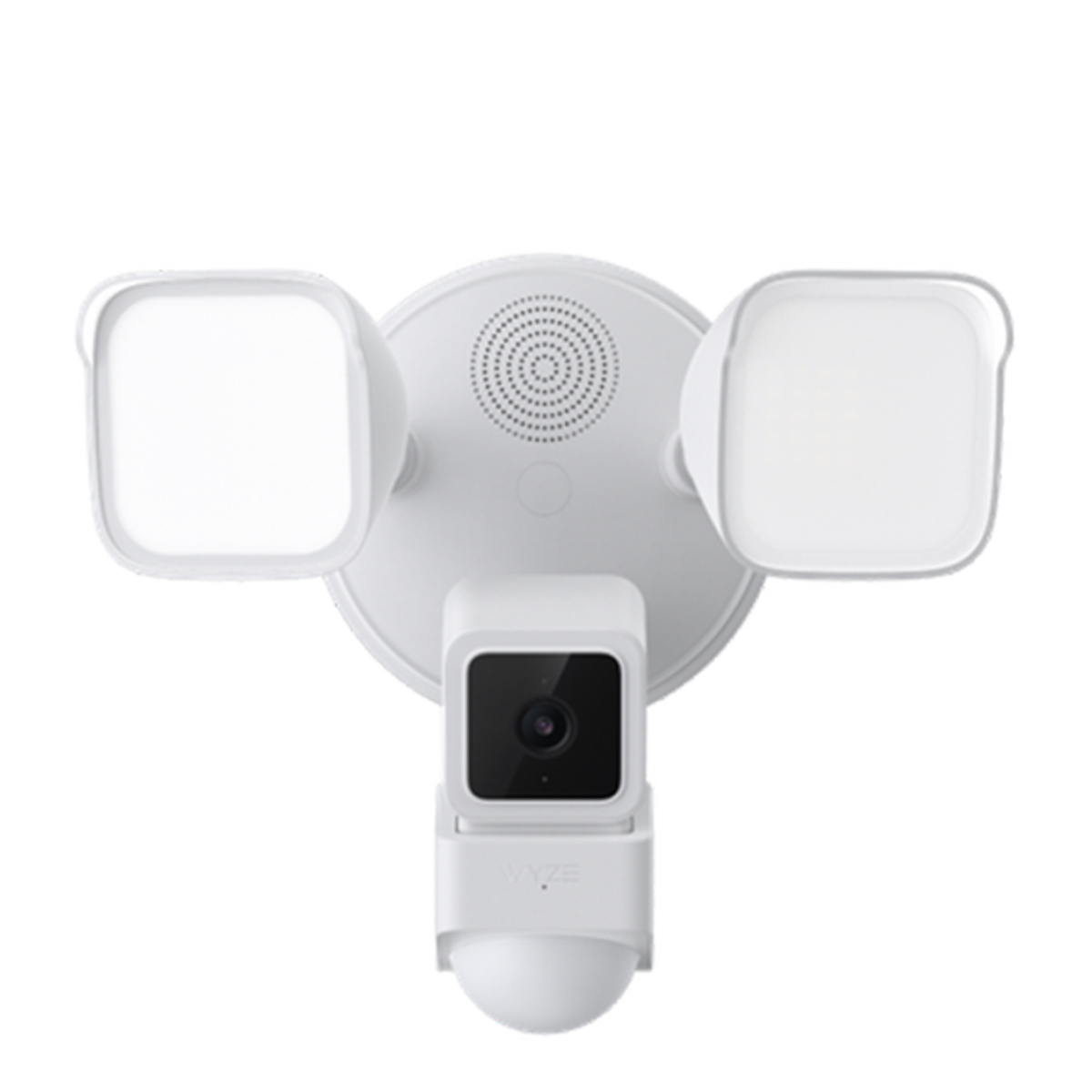
This low-priced camera has three sensors, plus the option to power another optional camera, even round a corner. Read more below…
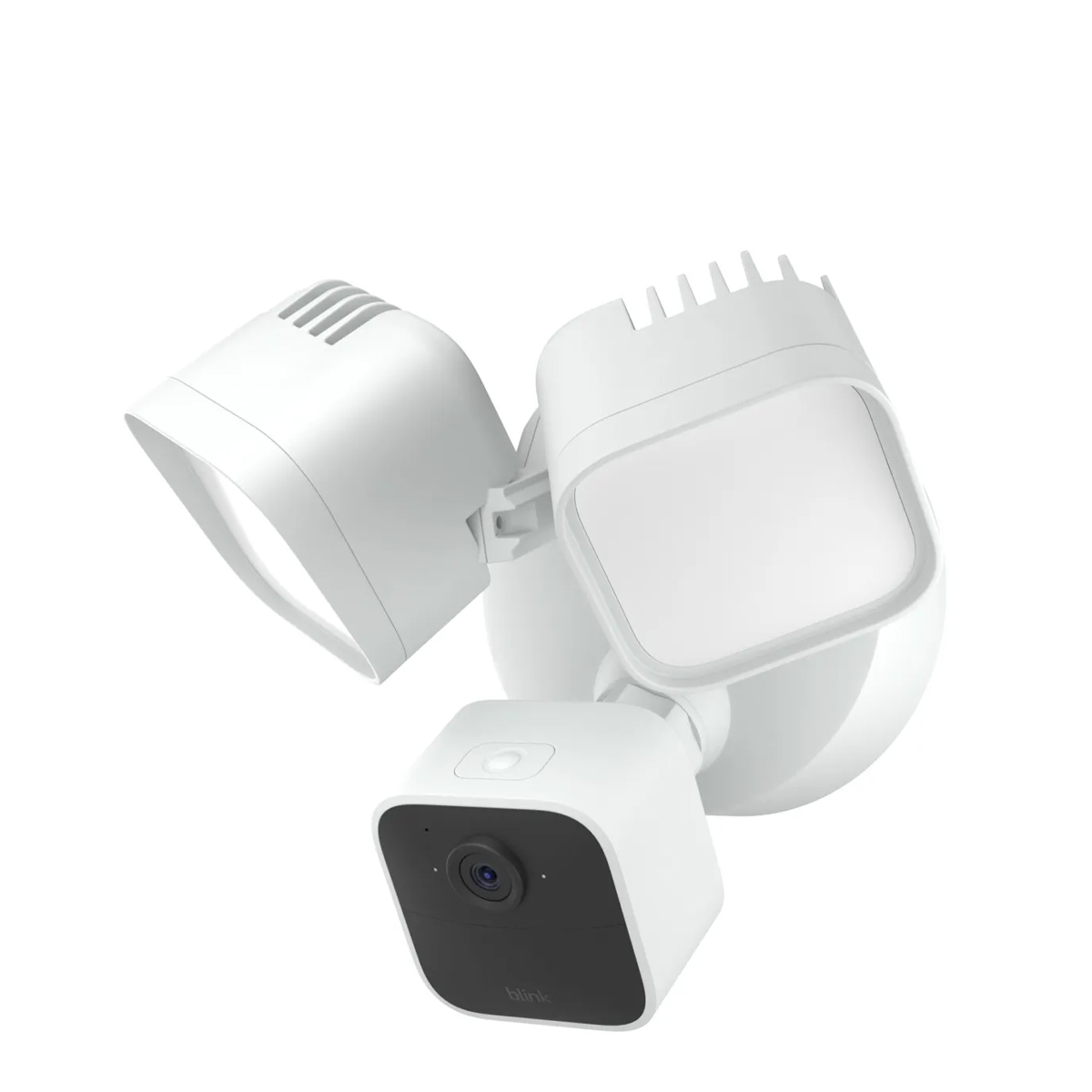
This model uses non-rechargeable batteries, but you can expect to get two years of use each time, and it makes installation simple. Read more below…
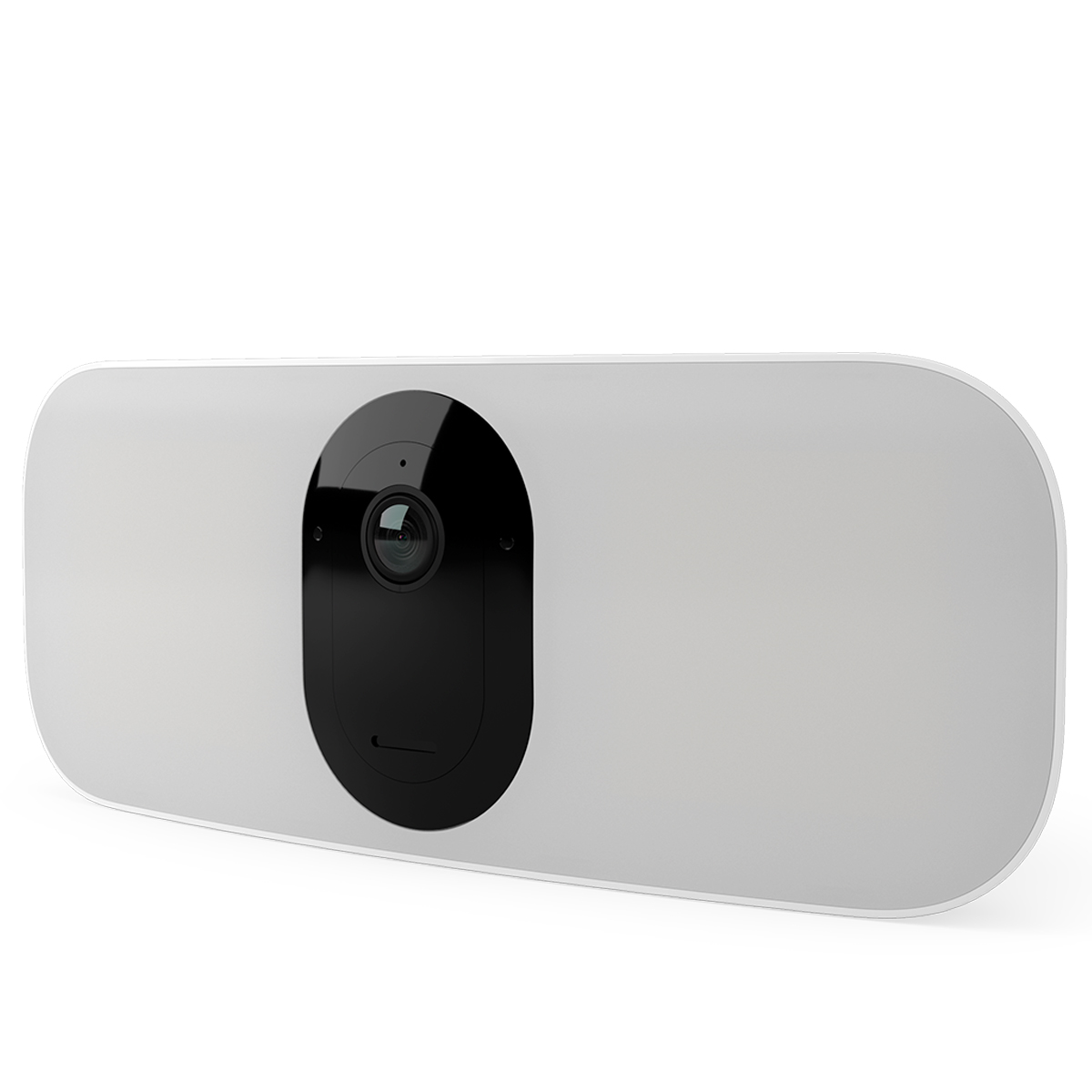
This handsome camera can run from a wired source and a solar panel, but there’s also an internal battery that acts as a backup. Read more below…
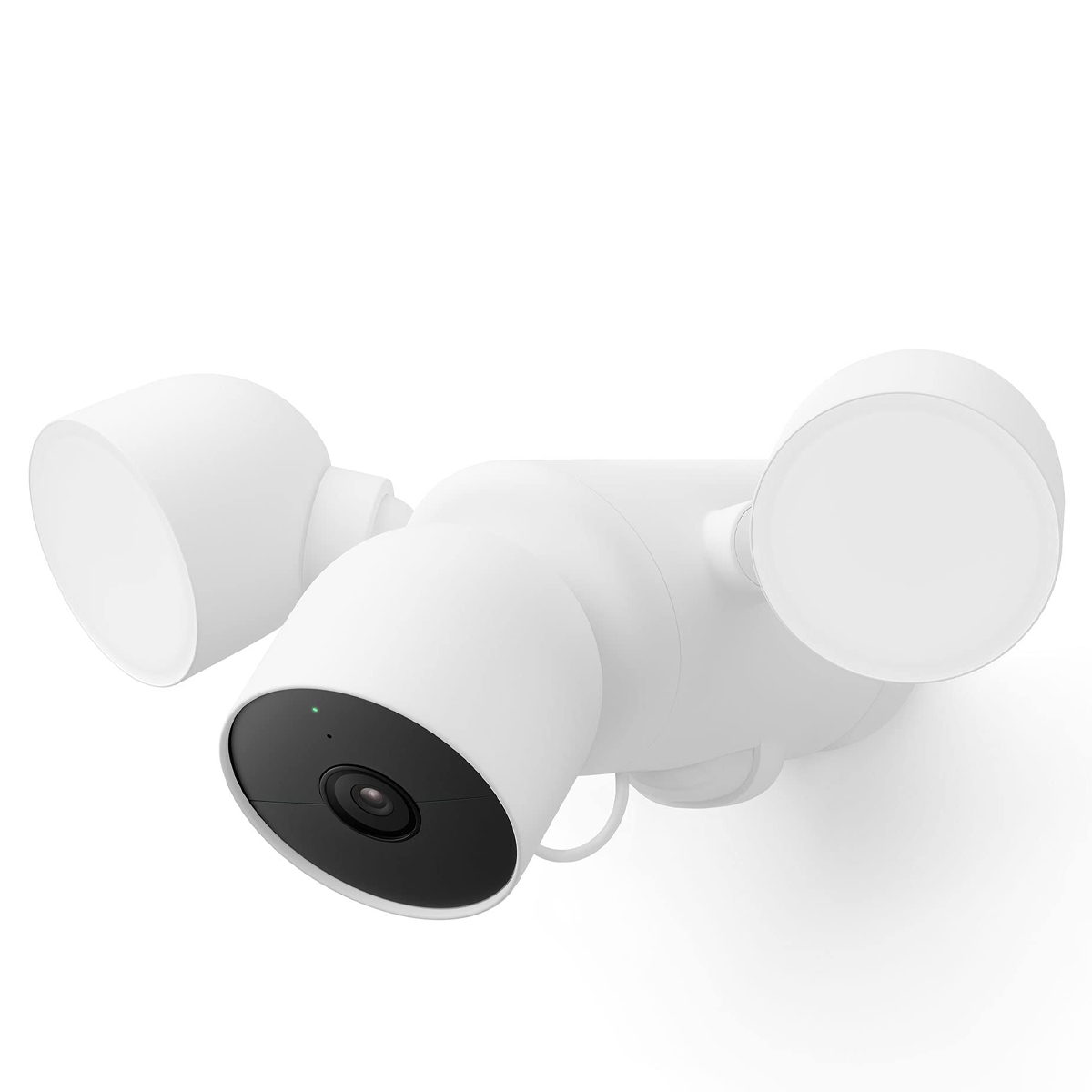
A powerful set of features includes a subscription option to have the last 10 days constantly available to check through. Read more below…
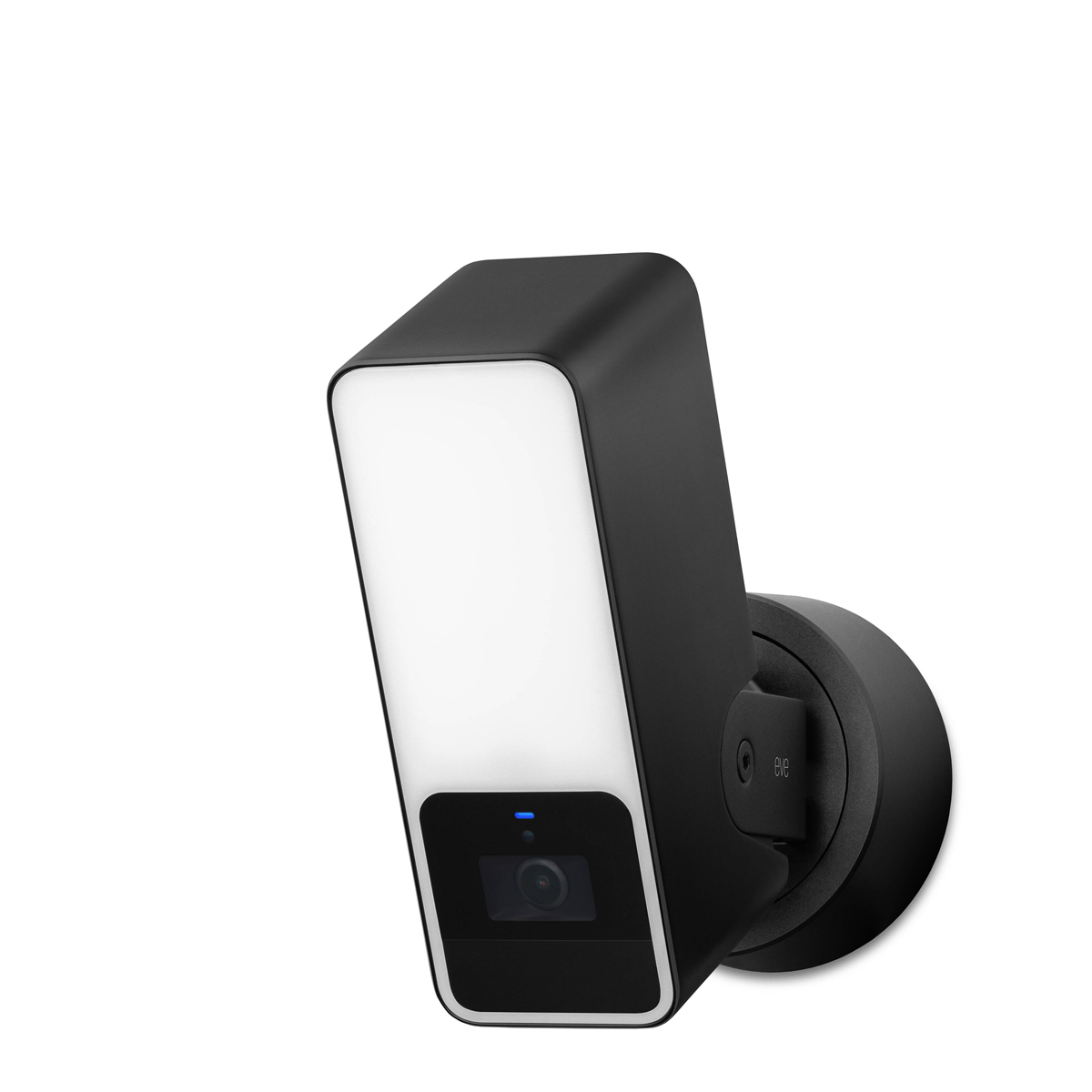
This camera works with Apple’s HomeKit ecosystem, giving you cheap online backup and some clever AI features. Read more below…
View the full list ⤵
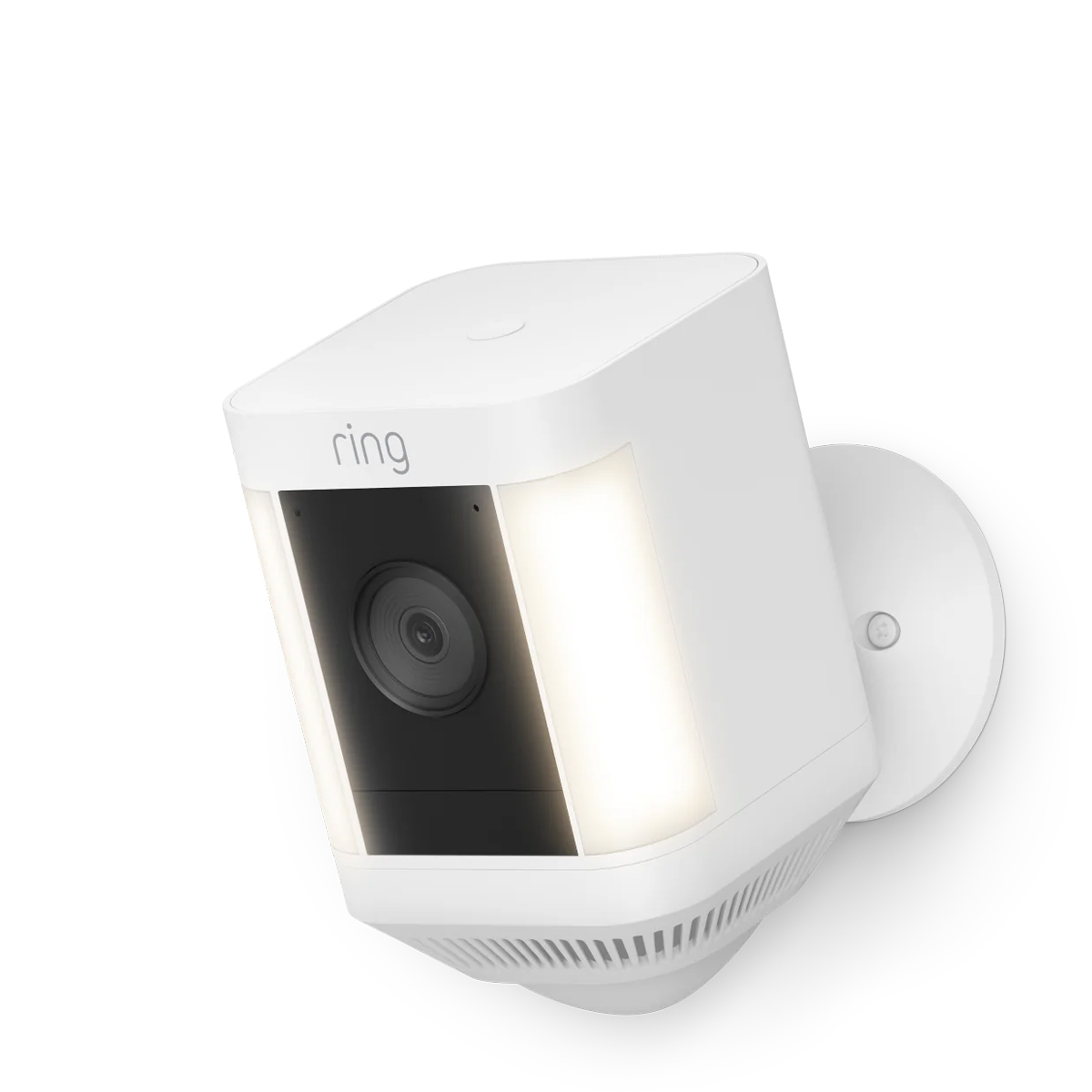
Unlike the other cameras here, this one delivers a smaller, lower-powered light that might suit smaller spaces better. Read more below…
Best floodlight cameras
Why you can trust Digital Camera World
Best floodlight camera overall
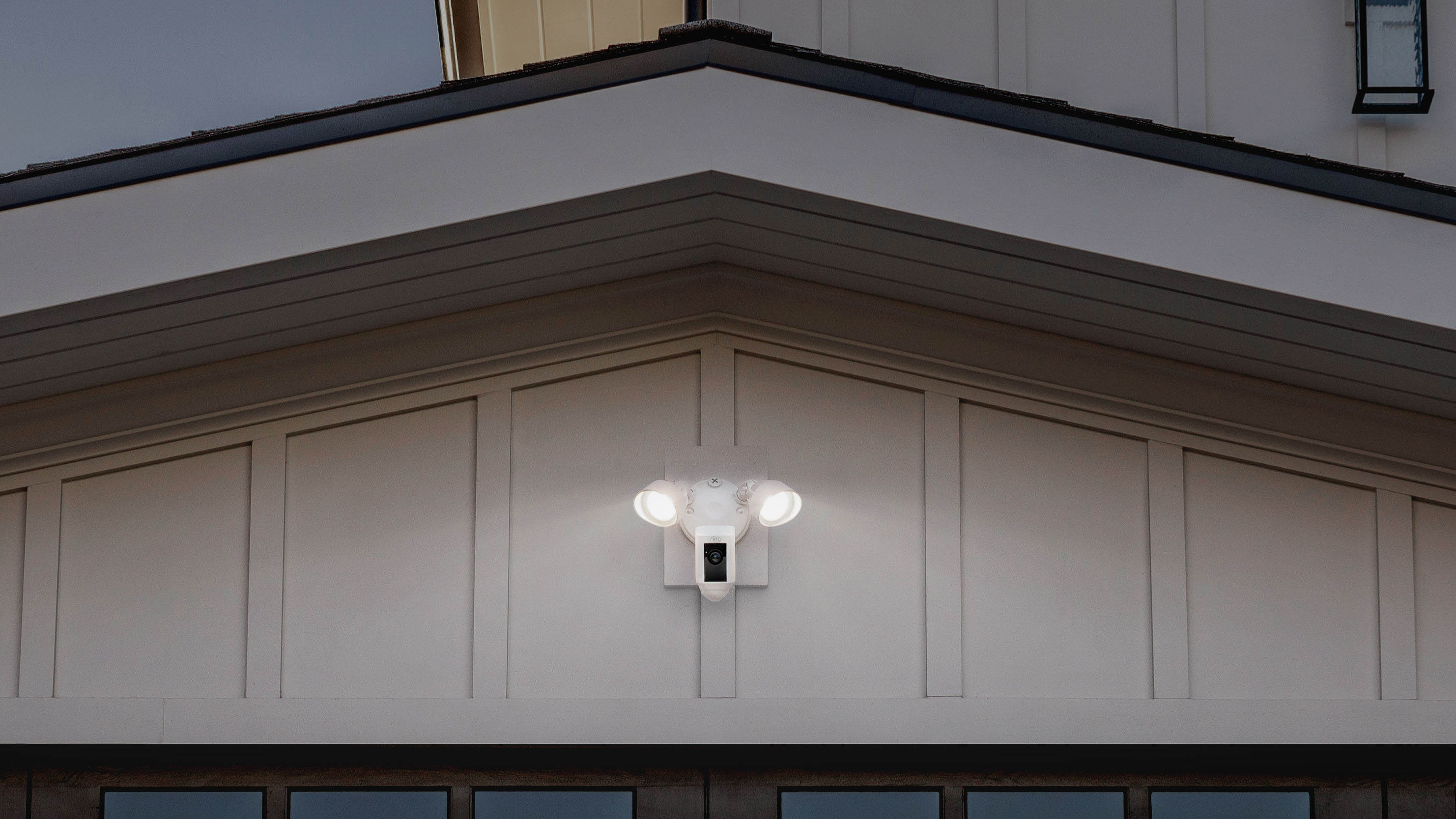
Specifications
Reasons to buy
Reasons to avoid
With powerful dual floodlights, the Floodlight Cam Plus is a wired system that represents better value for most. It’s part of an extensive Ring ecosystem, making it straightforward to assemble a full home alarm system with more cameras and perhaps a smart doorbell.
The Ring app will alert you when the Floodlight Cam Plus detects human movement through PIR motion sensor in its base; the sensor has a 270˚ view, so it’s hard to sneak up on. You can use the app to access the camera’s two-way chat facility, or go straight to sounding off its siren if you prefer.
You don’t need to pay extra for phone notifications – but you can go further if you sign up for the Ring cloud service, which gives you the option to record clips automatically as the camera is activated. A clever touch is that the clip can include the six seconds before the activation was triggered.
Read more: Ring Floodlight Cam Wired Plus review
Best budget floodlight camera
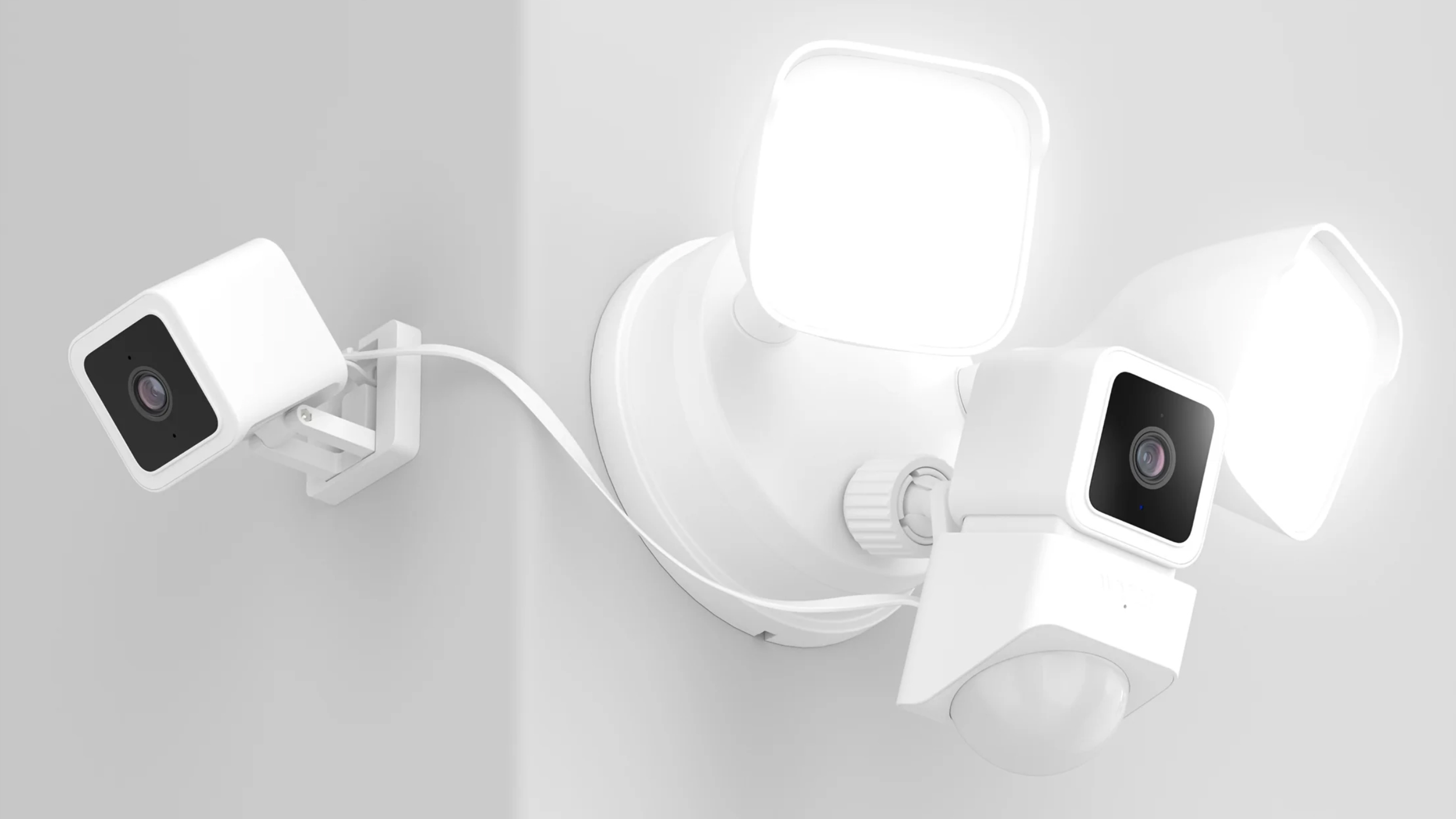
2. Wyze Cam Floodlight
Specifications
Reasons to buy
Reasons to avoid
Wyze is known for its good-value cameras, and this floodlight model – based on the Wyze Cam v3 – is no different. It offers optional sensitivity up to 30ft (10m) with three PIR sensors boasting 270˚ coverage, and can pour 2,600 lumens of light out. Unsurprisingly, it does require a wired power supply, but despite its IP56 weather resistance it manages to sneak in a USB port to power an additional camera unit if desired (as shown in our photo above). That makes it great for mounting on corners, though you'll need to pay for the extra device (under $40).
The Wyze Cam v3 offers local storage on a MicroSD card, although you'll need to subscribe to Wyze’s Cam Plus cloud service to unlock AI features. This includes Person/Package/Vehicle/Pet Detection. It also unlocks the recording of clips over 12 seconds and takes out a five-minute wait between clips, so there is much to be said for it.
We're not sure why Wyze seems to be slow to the international market; the devices work outside the US, and are not geo-locked, but you'll need an American address to sign up for the cloud monitoring.
Best battery-operated floodlight camera
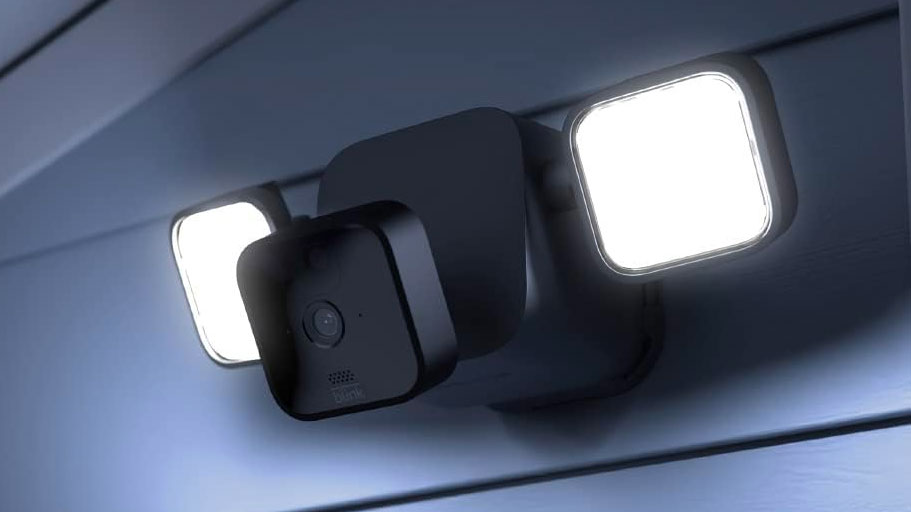
3. Blink Floodlight Camera
Specifications
Reasons to buy
Reasons to avoid
Blink is Amazon-owned, like Ring. What sets it apart, though, is that Blink's devices skew toward using disposable batteries. That typically makes them cheaper to buy, and the disposable lithium cells tend to last about two years in situ – longer than rechargeable equivalents. Both can be fitted without wiring permanent power, making for easy DIY (indeed there is no option to add wiring). We doubt Amazon minds selling the batteries as needed either!
This Floodlight simply takes the compact Blink Outdoor camera and adds a housing with floodlights and four D-cell batteries to power them. The camera catches decent footage, though as you can imagine it is keen to power down fast. What makes Blink a good system is the surprisingly cheap Blink Sync Module 2, which can record clips locally without a subscription.
• Read our Blink Outdoor Camera review for more on the system
There are still benefits to Blink's plan, including animated thumbnails in the viewer app and cloud storage, but those looking to sidestep a recurring cost (batteries aside) might do well to consider this camera and the module, which should work out cheaper in a low-traffic location.
Best floodlight camera for power options
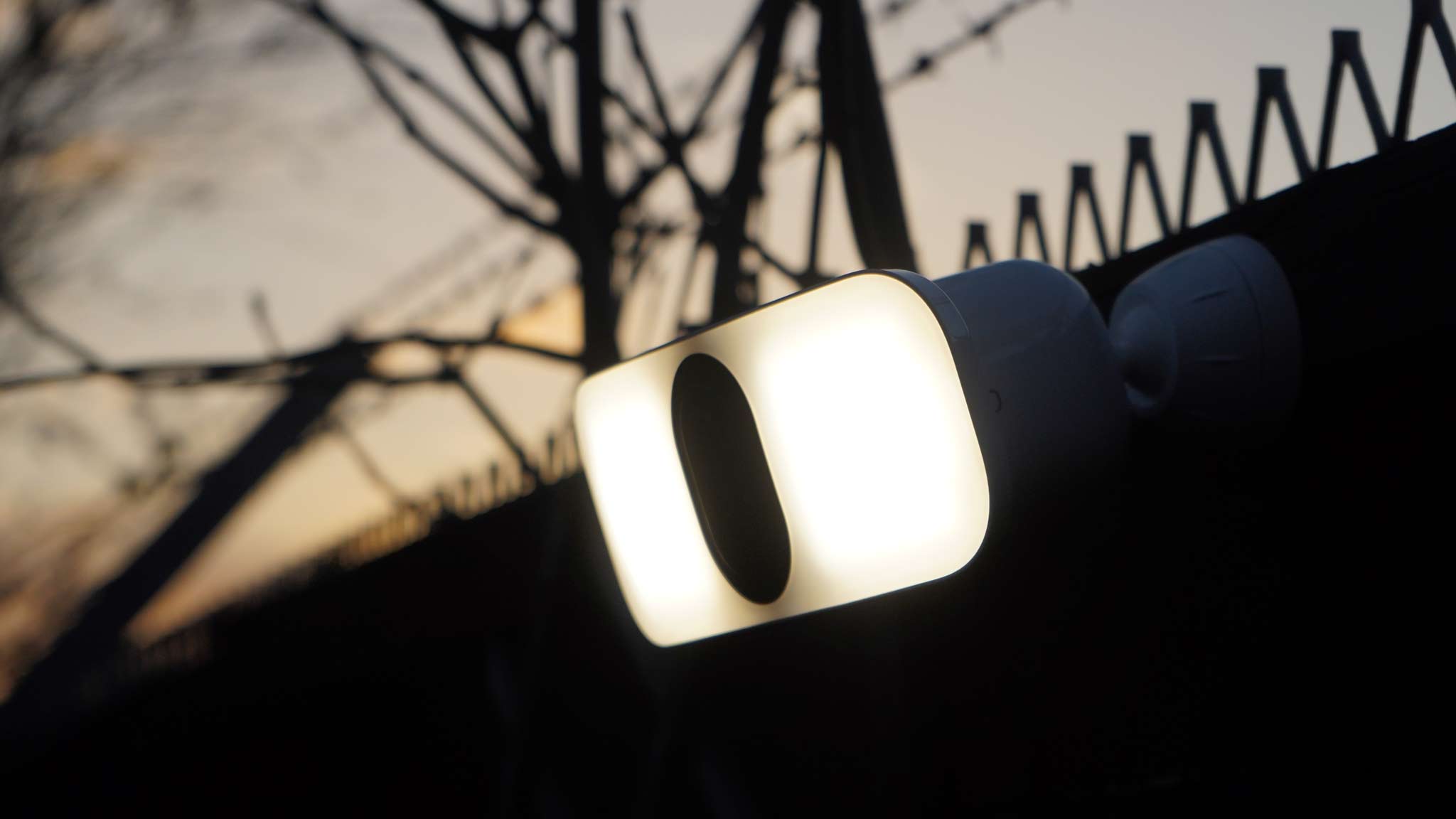
Specifications
Reasons to buy
Reasons to avoid
The gorgeous Arlo Pro 3 Floodlight is designed like a winged version of the brand's other cameras. With a 2K HDR camera, it offers better resolution than many, and doesn't need wired power. It ships with a chunky battery, but underneath is the MagSafe-like connector familiar to Arlo users. Here an optional permanent power supply (or a solar panel) can be connected easily – either way, you still get battery backup.
On the subject of options, the camera will connect to Arlo's base station, which offers local video storage without a subscription. You'll also need this to connect the camera to Apple's HomeKit; a nice option to have given how frequently HomeKit is overlooked, but at a price. The Arlo app is available for iOS and Android.
The 2,000 lumens (or 3,000 once you're plugged in) provide enough light to cover about 10m (30ft). Because the LEDs are fitted to the camera body, they are directed in line with the lens when you mount it; some will find it convenient, while others might wish for a choice.
Read more: Arlo Pro 3 Floodlight review
Best floodlight camera for live backup
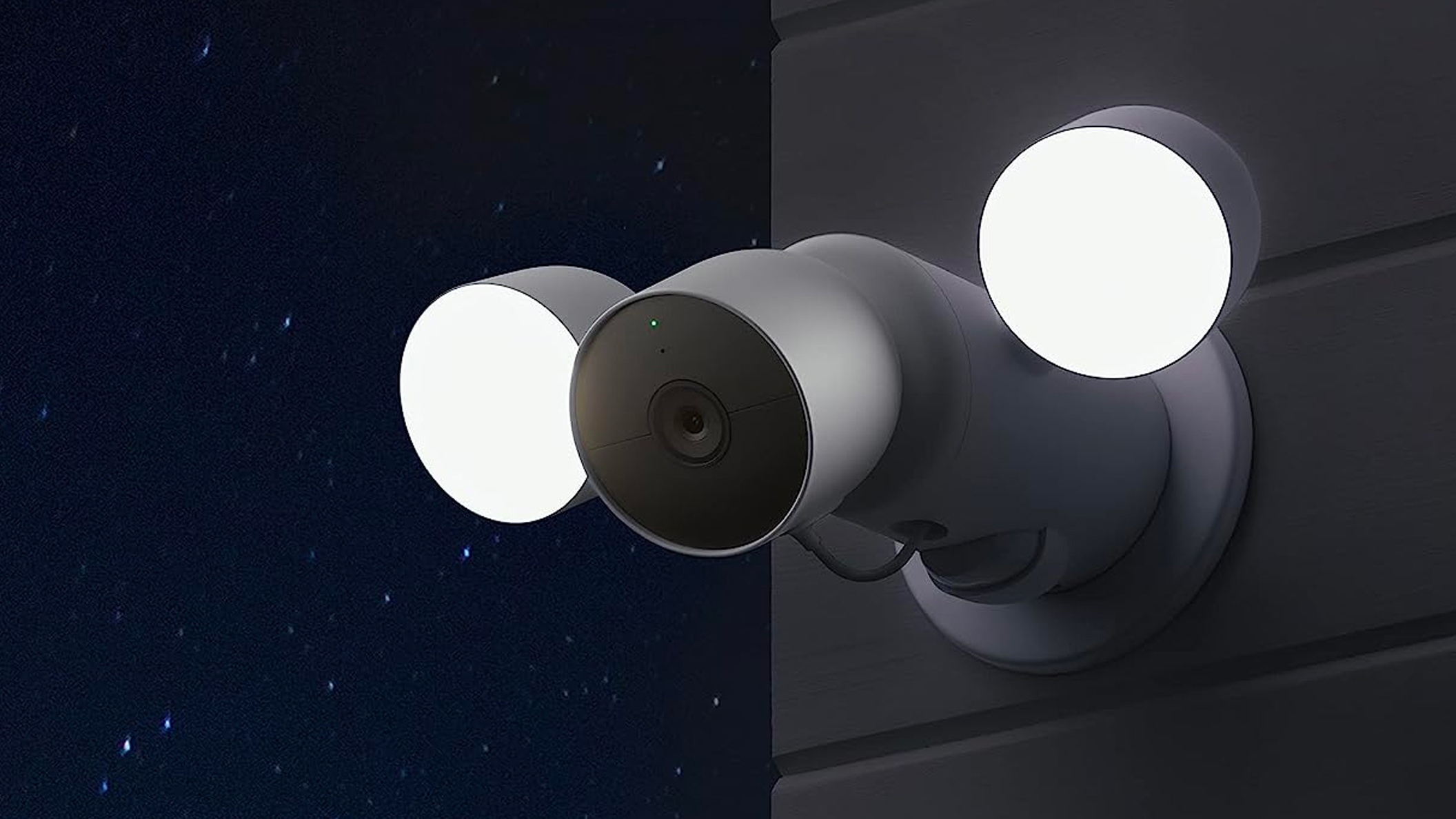
5. Google Nest Cam with floodlight
Specifications
Reasons to buy
Reasons to avoid
As with many of the other products on this list, Nest has added individually directable floodlights to its Nest Cam. The rounded design is almost Disney-robot cute, but the 2,400 lumens of light will probably still be an effective deterrent, and all the usual treats like two-way talk are on offer. App control via iOS or Android is available although, just as Ring and Blink prefer Alexa, Nest's devices prefer Google Home for smart home integrations.
The Nest Cam boasts one of the better feature sets on offer – with or without the Nest Aware cloud subscription plan. Activity zones and person/animal distinctions are made in the standard plan, reducing false alerts, and recorded events linger for three hours rather than being live-view only. The standard Nest Aware plan offers a 30-day event history and familiar face recognition, but (for a higher sub) Nest also offers 10 days of 24/7 video, giving you the opportunity to scroll back through every moment if you want.
Finally, with a built-in battery and (non-removable) storage, the camera can keep working during a Wi-Fi or power blackout.
Best floodlight camera for HomeKit
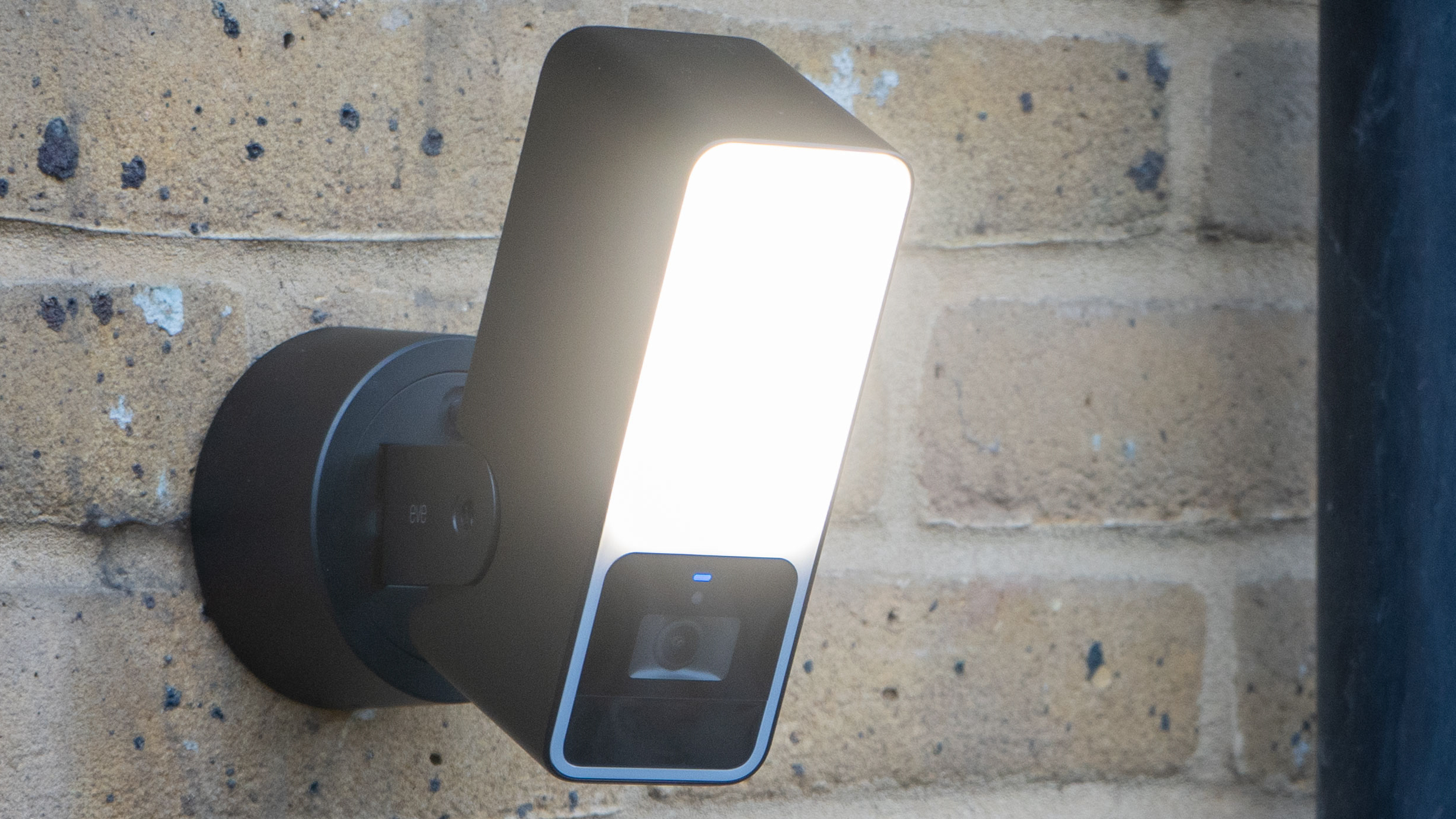
Specifications
Reasons to buy
Reasons to avoid
The Eve Outdoor Cam's design prioritizes a simple look that can fit in well with some home and garden lighting plans, but it performs in a similar manner to most floodlights here. The housing can be directed when the light is installed, but unlike many on this list, it cannot be pointed separately to the camera. The light does cover a good area, though, and is less directly aggressive than some, making it fit better with some homes as a garden light that happens to be a security light.
Beyond the design, the light's advantages and disadvantages are tied to your perception of Apple's HomeKit ecosystem. Eve doesn't charge a cloud subscription, but HomeKit requires at least a basic subscription to iCloud+ for cameras (prices start from $0.99 / £0.99 a month). That unlocks the ability to scroll back through alerts and recordings (which isn't taken out of your iCloud gigabytes). It also enables AI for animal, people, and package recognition and even facial recognition for people registered in your Apple contacts.
It's a good system, but it is a little frustrating that you also end up with Eve's own app, so managing the device isn't as Apple-easy as it should be.
Read more: Eve Outdoor Camera review
Best spotlight camera
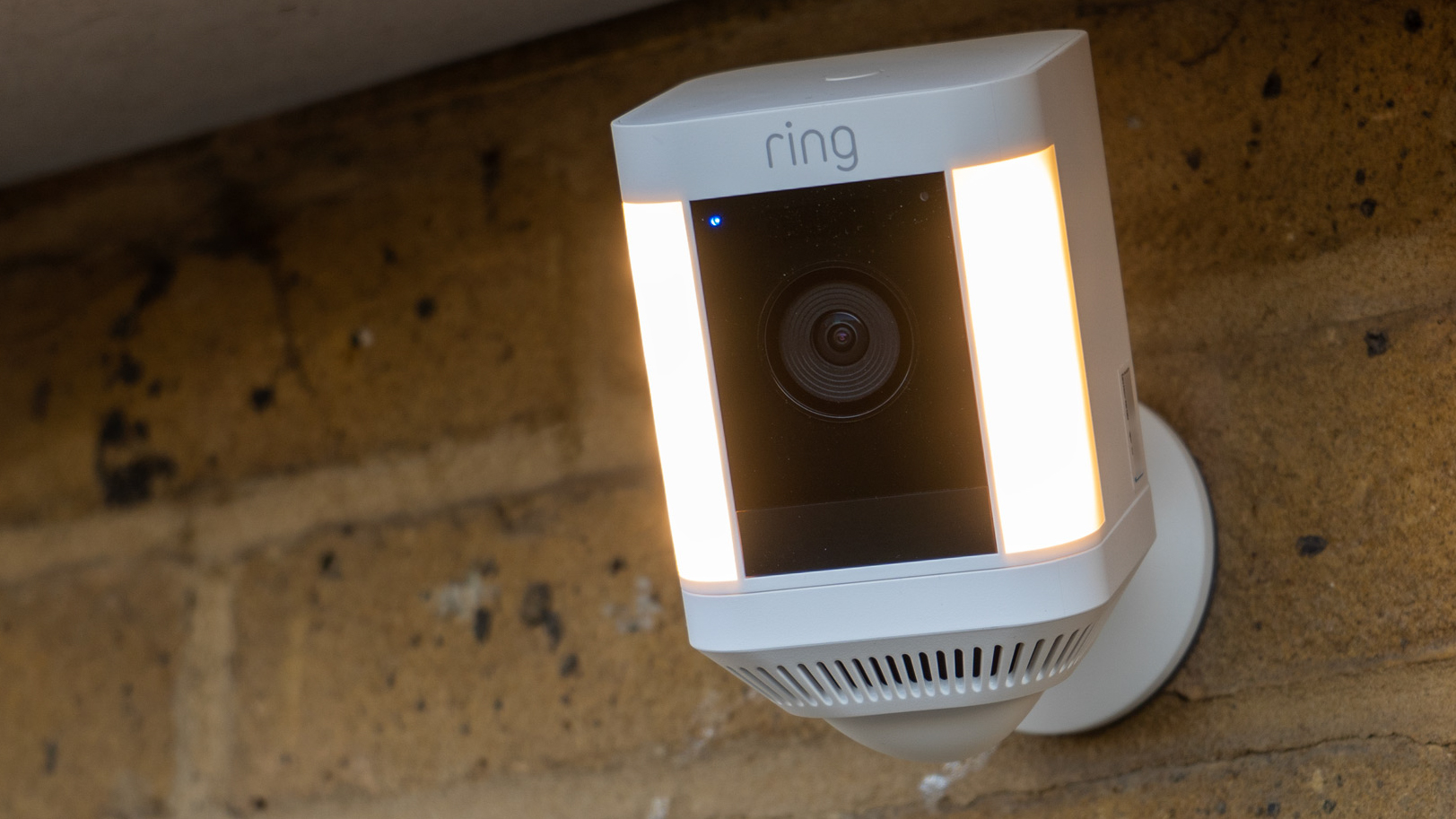
Specifications
Reasons to buy
Reasons to avoid
By rights, the Ring Spotlight Cam Plus shouldn't be on this list. There is, after all, a perfectly good Ring Floodlight Cam. However this housing, with small arrays of bright LEDs on both sides, might actually fulfill your needs as a deterrent. It's certainly more than enough light for a small front garden or deck, and to provide color images at night.
More usefully for many, it can be installed without wiring. Adding a cable will push it from 300 to 350 lumens, though. The shell, while relatively discrete, is also large enough to accommodate two of Ring's rechargeable batteries (it's supplied with one) which can extend the life so, if you find you've installed in a higher-traffic location than you’d expected, adding more power isn't impossible. We'd prefer two batteries came with it, of course!
Just like its floodlight sibling, this is available in Plus and Pro versions, with the former featuring standard motion sensors and the Pro offering '3D motion detection' which can help reduce false triggering from people further away (perhaps the path).
Read more: Ring Spotlight Cam Plus Battery review
Get the Digital Camera World Newsletter
The best camera deals, reviews, product advice, and unmissable photography news, direct to your inbox!

With over 20 years of expertise as a tech journalist, Adam brings a wealth of knowledge across a vast number of product categories, including timelapse cameras, home security cameras, NVR cameras, photography books, webcams, 3D printers and 3D scanners, borescopes, radar detectors… and, above all, drones.
Adam is our resident expert on all aspects of camera drones and drone photography, from buying guides on the best choices for aerial photographers of all ability levels to the latest rules and regulations on piloting drones.
He is the author of a number of books including The Complete Guide to Drones, The Smart Smart Home Handbook, 101 Tips for DSLR Video and The Drone Pilot's Handbook.
